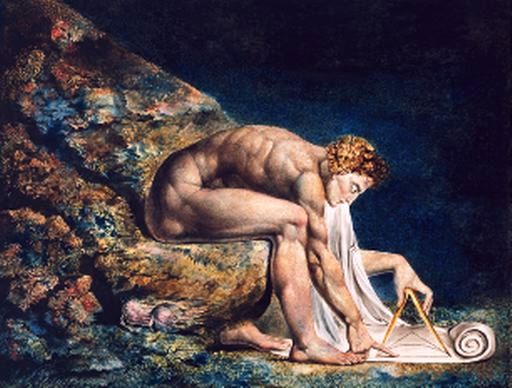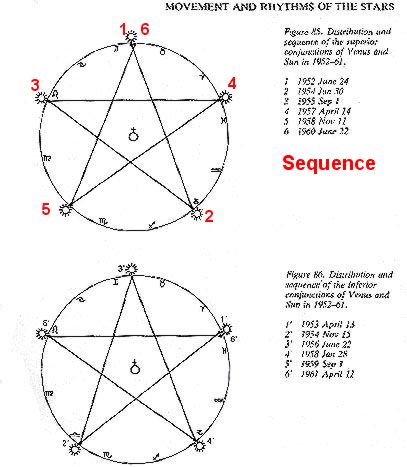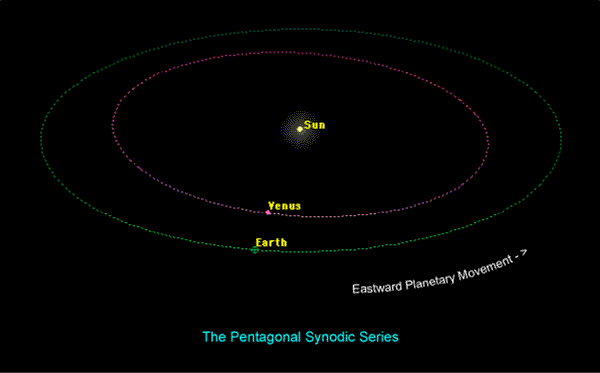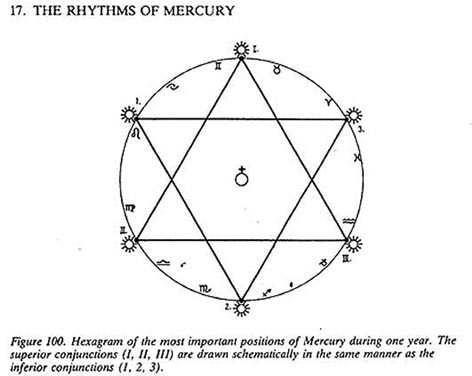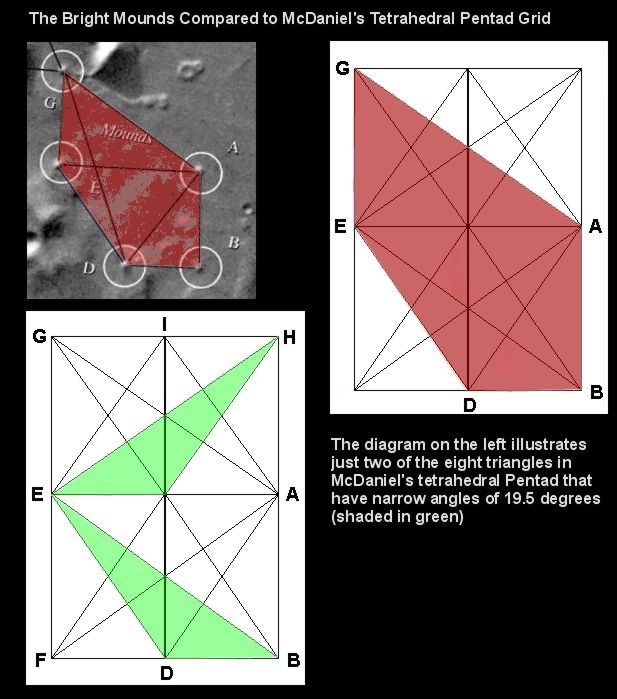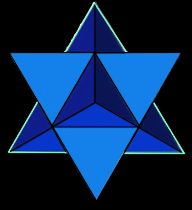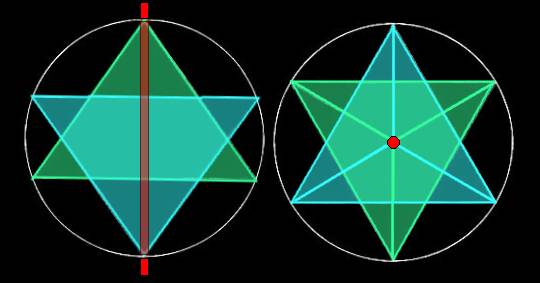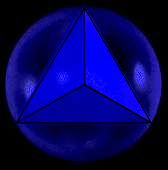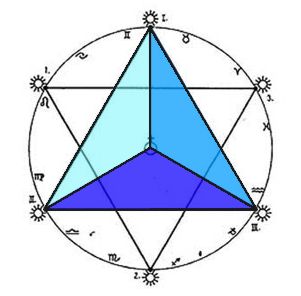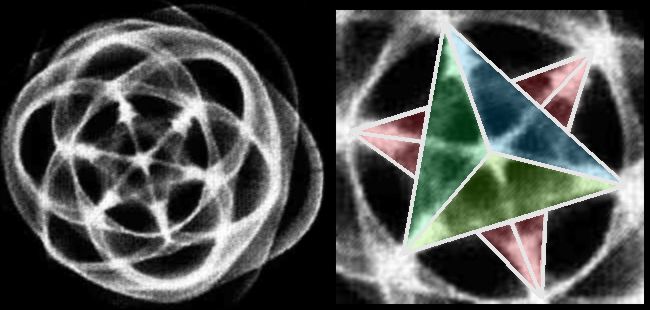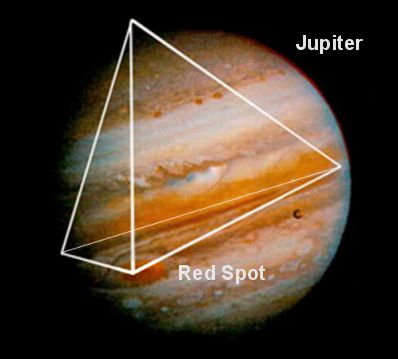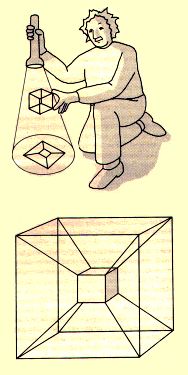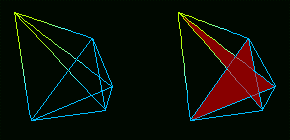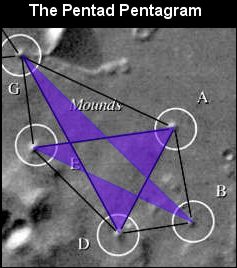Cydonia Quest The Occasional Journal C Entry No. 11 - 20th March 2006 Thinking the Unthinkable: Do we live in a designer Solar System? Part 2 c ccccccccccccccccc c The Venus Pentagram and the Mercury Hexagram I was first introduced to these striking geometrical anomalies in the Solar System a few years ago when I was researching the pentagram and came across the following web page µµµ. The page formed part of the website of the Freemason and author of occult novels Mike Crowson, (click "stargate" µµµ). c The Venus Pentagram Both the Venus pentagram and the Mercury hexagram are derived from the patterns of solar conjunctions that these two planets produce. A conjunction is when two celestial objects draw very close to one another in the sky as seen from the surface of the Earth. Conjunctions are the result of line-of-site effects. A Solar/Venus conjunction occurs when the Earth, Venus and Sun are arranged in a line when seen from above the plane of the Solar System. As viewed from Earth the planets Venus and Mercury can make two types of solar conjunction. A Superior Conjunction occurs when Venus or Mercury are on the far side of the Sun from the Earth. An Inferior Conjunction occurs when Venus or Mercury are situated between the Earth and the Sun. c Cccccccccccccccccccccc C The interval between two successive superior or inferior conjunctions of a planet with the Sun is known as the Synodic Period. The synodic period for Solar/Venus conjunctions is almost exactly 584 days. The interesting stuff begins to happen when we consider how long it takes before Venus and Earth - with their different orbital periods - return to the same position relative to one another against the fixed background of stars. It turns out this is eight years or 2,922 days. If we divide 2,922 by Venus's synodic period of 584 days then we find that in the eight years it takes Earth and Venus to synchronise their positions in space there are 5 superior conjunctions and 5 inferior conjunctions. This is the Synodic Series. Now if we were to draw the imaginary circle of the Zodiac around the Earth and then during the eight year Earth/Venus synchronisation cycle - (1) mark on the circle where each inferior Solar/Venus conjunction was seen and then - (2) join these conjunctions with lines in the order in which the conjunctions occurred - - then we would find that we would have drawn a pentagram in the same way one does when not lifting the pencil from the paper. This pentagram would be only two to three degrees from being perfectly regular! The same happens when we perform the exercise for superior solar/Venus conjunctions.
|
This oddity is illustrated in the following diagram from Mike Crowson's web page. C cccccccccccccccccccccccc C The Earth and Venus have almost circular orbits, so we can just as easily mark off their positions on the circle of their orbits at the time of Solar/Venus conjunctions. This is shown from an oblique angle in the following animation illustrating the synodic series for the inferior conjunctions . It can be seen that over the eight years of the synodic series both the Earth and Venus are drawing near perfect pentagrams on their orbits. The animation shows two synodic series to illustrate how the small imperfection in the pentagram causes it rotate slowly with each new series. The imperfection is due to the synodic series taking 2,919.5 days to complete rather than the 2,922 days it takes Earth and Venus to synchronise their positions. ccccccc C However, the weirdness does not stop there. The rotation of Venus around its polar axis is synchronised with the creation of the pentagram. Every time Venus is closest to the Earth - to create a point on the pentagram - the exact same location on Venus is pointing at the Earth.... without fail. Practically everything the reader might want to know about the astronomical phenomena of Venus can be found at this astrological(!) website µµµ. c The Mercury Hexagram The synodic period for Mercury is almost exactly 116 days. This means that Solar/Mercury conjunctions are much more frequent than they are for Venus. Every Earth year there are three inferior conjunctions for Mercury and three superior conjunctions. It is when we plot these annual conjunctions on the imaginary circle of the Zodiac or the circle of Earth's orbit that the fun begins. C ccccccccccccccccccc C As the diagram illustrates the inferior and superior Solar/Mercury conjunctions form two almost perfect overlapping equilateral triangles. In other words they form an almost perfect hexagram. So every year the Earth is drawing out a hexagram based on where it is on its orbit at the time of Earth/Solar/Mercury conjunctions. Every eight years of the Earth/Venus synchronisation cycle it draws out two pentagrams on its orbit. Both these remarkable co-incidences apply to Earth alone and are entirely due to the length of the Earth/Venus and Earth/Mercury synodic cycles. It is almost as if somebody had arranged the orbits of Mercury, Venus and Earth so that the inhabitants of Earth would receive a particular geometric message. C What is the "Message"? We now enter even deeper speculative territory. If some ancient extraterrestrial civilisation did re-arrange the orbits of Mercury, Venus and Earth to create this geometry in space then perhaps we may find a clue to the meaning of the "message" at Cydonia on Mars. After all, this website is mostly dedicated to exploring the possibility that there was once an extraterrestrial colony at Cydonia - where some researchers believe that a particular kind of geometry was left behind in the layout of this hypothetical colony. So it is logical to explore whether there might be a link between Cydonia geometry and the Mercury hexagram or Venus pentagram. There is one aspect of supposed Cydonia geometry that can be statistically tested - and that is the layout of the "Bright Mounds" that are enclosed in only a few square miles of Cydonia, (see µµµ). These yield a significant number of triangles that all have in common that they can be linked to the geometry of the tetrahedron. Further work by Professor Stanley McDaniel has shown that this is explainable because five of the "Bright Mounds" - which he has dubbed the "Pentad" - sit on the nodes of a tetrahedrally derived grid pattern, (see µµµ). c ccccccc
C Of particular interest concerning this "tetrahedral grid" are the eight 19.47 degree angles it contains. (Rounded to 19.5 in the last illustration). In geometry there are a relatively small number of regular solids that can be contained within a sphere so that all corners touch the inside without breaking through the surface. One of these Platonic Solids is the tetrahedron. If we circumscribe a tetrahedron within a spinning sphere so that one corner is anchored at a polar axis - then the other three corners will touch the sphere at the 19.47 degree latitude in the opposing hemisphere. The tetrahedron is one of only two Platonic Solids that can be interlocked so that two of them can be circumscribed within a sphere together. The resulting double tetrahedron is known as the "Star Tetrahedron". The principle of the 19.47 degree latitude and the shape of the Star Tetrahedron is illustrated below. C Cccccccccccccccccccccccc ccccccccccccccccccccccccccccccccccccccc C As the following illustration of a Star Tetrahedron circumscribed within a sphere shows, whether it is viewed from the side or the top the result looks like a hexagram within a circle. So the 19.47 degree angle is linked geometrically to the Mercury synodic hexagram circumscribed by the Earth's orbit. C ccccccccccccccc C A common way of showing the three dimensional tetrahedron on paper is by drawing three triangles within a larger triangle as follows. C cccccccccccccccccccccccccccccccccccccccc C The geometrical linkage between the Mercury hexagram and the Star Tetrahedron is even greater when we take into account the role of the Sun at the centre of the circle of the Earth's orbit - or Earth at the centre of the imaginary circle of the Zodiac as in Mike Crowson's original illustration. As the following diagram illustrates these central points can be used logically to draw a Star Tetrahedron in a conventional two dimensional format. C ccccccccccccccccccccccccccccccc C In Part 1 of this journal series the Enterprise Mission's model of hyper-dimensional energy resonance was explored as a possible natural explanation for Titius-Bode's Law and its variants. It was discussed how in this model large rotating bodies act as "portals" through which energy from hyperspace can flow into our three dimensions. (This hyper-dimensional energy being the same thing as the "energy of the vacuum" predicted by quantum physicists). In the Enterprise Mission model the energy flowing from hyperspace is further ordered by resonance into the geometry of Platonic Solids. In their model by far the most common of these 3-D resonance patterns is the tetrahedron and Star Tetrahedron. The next image shows a 3-D Star Tetrahedron resonance pattern created within a cloudy drop of water by vibrating it. C ccccc c For large rotating bodies with hyper-dimensionsal energy welling up from a tetrahedron resonance pattern the Enterprise Mission model predicts energy "hot spots" corresponding to 19.47 degrees latitude north or south. The upwelling of energy will actually be all around the circle of the 19.47 degree latitude, but fluid mechanics in a rotating body dictate that heated material will eventually rise to the surface in only one place. On Jupiter the 19.47 degree "hot spot" is the Great Red Spot, on Neptune the Great Dark Spot, on Mars the massive Olympus Mons volcano - and Earth's greatest non-tectonic volcanic hot spot is Hawaii at 19.47 degrees north. C ccccccccccccccccccccc C The Hyper-dimensional Venus Pentagram. A pentagram is both tetrahedral and hyper-dimensional. In three dimensions a tetrahedron with four triangles as facets is the simplest possible regular solid. In four dimensions the simplest regular solid is a hyper-tetra with five facets made up of tetrahedrons - an impossible shape in only three dimensions. In geometry a popular way of discerning the properties of four dimensional shapes is to imagine them as wire models and then to project them downwards into three and two dimensions. (Any 3-D shape derived from a hyper-tetra in this way is known as a Pentatope). The following illustration shows a wire model of a cube being projected onto a 2-D surface. It also shows one possible projection of a 4-D hyper cube applying the same principle. C Cccccccccccccccccccccccccccccccccccccc C Things get very interesting when we project a tetrahedron and a four dimensional hyper-tetra in this way. If we were to angle a regular tetrahedron so that all four of its facets could be seen in a 2-D projection, then the figure second on the left (below) would result. (The red dots show the vertices of the tetrahedron - the blue triangle its base). If we were to project a regular 4-D hyper tetra in the same way, so that all five tetrahedron facets could be seen, then the figure on the third left would result. Yes, a pentagram! c ccc c So in geometry the Venus pentagram is profoundly tetrahedral and hyper-dimensional, as are the 2-D projections for five, six and seven dimensional hyper-tetras in the rest of the diagram above. By projecting from different angles it is possible to create an infinite number of distorted pentagrams from a 4D hyper-tetra. C ccccccccccccccccccccccccccccccc C This brings us back to a mystery about Professor McDaniel's five Pentad Bright Mounds and their positioning on a tetrahedral grid. If these mounds do turn out to be ruins, then why did the builders only construct mounds on five nodes of the possible eight that define the full boundary of the grid? Could it be because they wanted to create a five sided figure that would also define a pentagram? In this way they could incorporate both 3-D tetrahedral and hyperdimensional hyper-tetra geometry into a single geometrical layout. C ccccccccccccccccccccccccccccccccccc C The Tetrahedral Synodic Period of Mars Mars' pronounced elliptical orbit and other oddities mean that it does not even have a regular number of days in its synodic period with the Earth. This rules out the possibility of any geometrical shapes being plotted out when Earth is in Opposition to Mars or when there is a Superior Solar/Mars conjunction. However, the average synodic period of Mars with the Earth at 780 days is a very tetrahedral one. Quite simply put 780 is a times 40 harmonic of the tetrahedral angle of 19.5 degrees, i.e. 780 / 40 = 19.5. If we strip this down to its proportions then it is 78 / 4 = 19.5. A defining characteristic of a tetrahedron is that it has four facets and four vertices. There is a tetrahedral logic in multiplying 19.5 by 4 to get 78. So it is possible that not only have the orbits of Mercury and Venus been arranged to send a tetrahedral and hyper-dimensional message specifically to the inhabitants of Earth, but that Mars' has too. However, this result for Mars only works because we use the 360 degree system handed down by the Sumerians - the first of all the high civilisations. If there were 1,000 degrees in a circle then 19.5 would become 54.2 degrees. As a result the 19.5 we get from 78 / 4 would not be the tetrahedral angle. Ancient Mesopotamian myths all give the message that the people of Sumer were taught the secrets of civilisation by non-human flesh and blood creatures. In one version of the myths these creatures were sky gods attempting to colonise Mesopotamia who not only taught civilisation to humans, but also upgraded human intelligence by creating sky god/human hybrids. A mutated version of this story is the basis of the Book of Enoch, which is contained in the Bible of the Ethiopian Church. In the Book of Enoch humanity's guardian angels (the "Watchers") come down from the stars, teach humanity the secrets of technology and have hybrid children by human women. There are many more of these myths about flesh and blood sky visitors jump-starting human civilisation, but perhaps they can wait for another day :) Suffice to say, perhaps one day archaeologists may find artefacts in the Middle East that turn part of these myths into history. Such a development could result in a better insight into the origins of the Sumerians use of 6, 10 and 60 based measuring systems.
µ Click this "Stargate" to go to Part 3 µ Click this "Stargate" to go back to Part 1 µ Click this "Stargate" to return to Journal main page µ Return to the main Mars page
|
